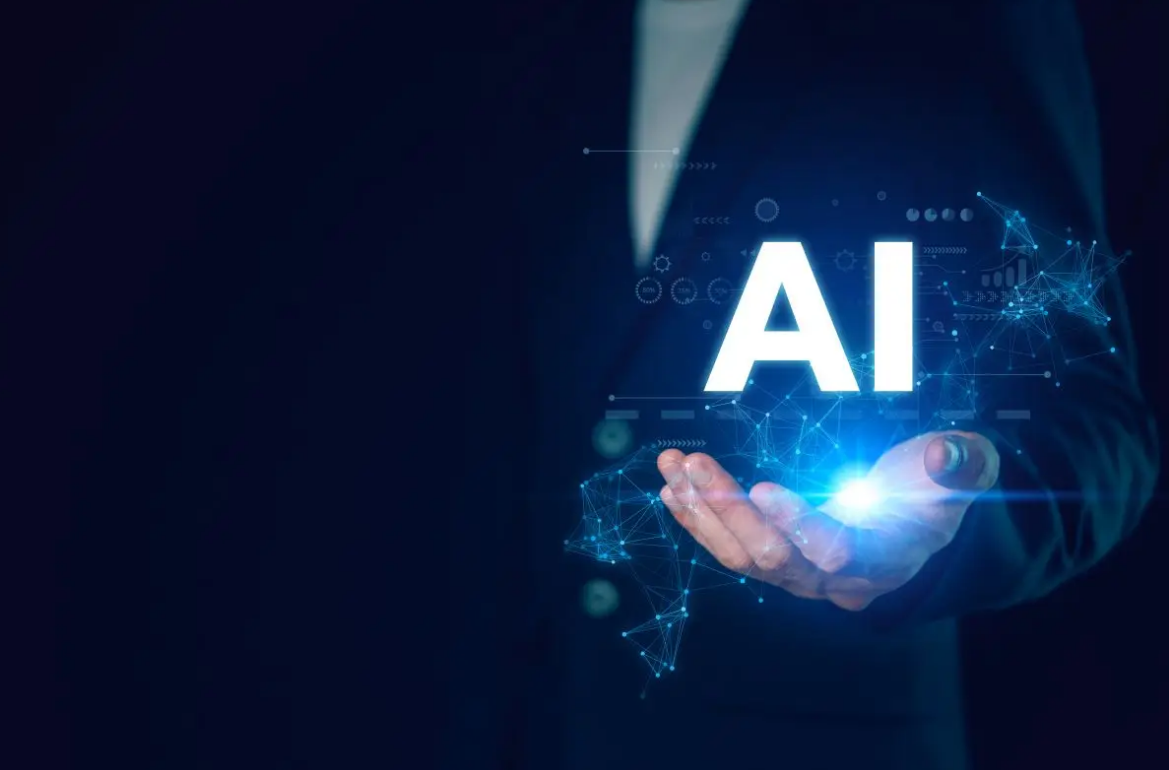In recent years, artificial intelligence technology has developed rapidly, profoundly changing all walks of life, and the banking industry is no exception. The editor of Downcodes will explain to you how artificial intelligence is reshaping the banking industry, as well as the practices and challenges of AI applications in banks around the world. From revenue growth forecasts to specific application cases, we will present you with a vivid picture of the transformation of the banking industry driven by AI.
In recent years, with the rapid development of artificial intelligence (AI) technology, the banking industry is facing unprecedented transformation opportunities. The latest report from the McKinsey Global Institute states that generative artificial intelligence (GenAI) is expected to add $200 billion to $340 billion in annual revenue to the global banking industry, an increase equivalent to 2.8% to 4.7% of industry revenue. The main driver of this growth has been significant gains in productivity.

Picture source note: The picture is generated by AI, and the picture authorization service provider Midjourney
In India, AI applications in banking are advancing rapidly. In 2023, Accenture released a study highlighting the huge potential of AI to improve customer service efficiency and transaction volume. As early as 2017, DFC Bank launched a chatbot called Eva, which is India's first AI-based customer assistant. Eva can handle millions of customer inquiries simultaneously, significantly improving the bank's service capabilities and response speed.
In 2020, ICICI Bank further expanded its field and launched iPal, a chatbot integrated with Amazon Alexa and Google Assistant, allowing users to conduct simple banking transactions through voice commands. Although the service was discontinued in 2021, its innovative spirit still attracted attention. Attention. Recently, State Bank of China (SBI) also announced an AI-driven strategy aimed at improving policy-making capabilities and operational efficiency by building advanced data warehouses and data lakes. SBI also plans to collaborate with fintech companies and non-banking financial companies (NBFCs) to drive innovation in co-lending.
Internationally, Deutsche Bank cooperates with Google Cloud and Nvidia to actively promote its AI strategy. In 2023, the bank launched a bank-wide plan to launch multiple applications, including AI chatbots and data analysis tools, to enhance its competitiveness in the AI field.
However, with the application of AI technology, security issues have become increasingly prominent. Kroll's survey shows that 67% of executives expect financial crime to rise and 57% believe third-party intermediaries are a risk factor. About US$2 trillion is laundered globally every year, and banks are gradually looking to AI technology to address this challenge. Take HSBC as an example. The bank has cooperated with Gu Yun to improve its anti-money laundering (AML) capabilities through AI to more effectively identify suspicious transactions and reduce false positives.
In addition, the AI Suite Bank launched by Infosys Finacle provides powerful tools to quickly integrate AI to help improve the efficiency of digital operations. And Axis continues to expand its team to further invest in the field of AI.
All in all, artificial intelligence is profoundly changing the face of the banking industry, bringing opportunities as well as challenges. Banks are actively embracing AI technology, but they also need to pay attention to security issues and carefully weigh the pros and cons in order to remain competitive in the AI era. In the future, the application of artificial intelligence in the banking industry will be more extensive and in-depth, which deserves our continued attention.